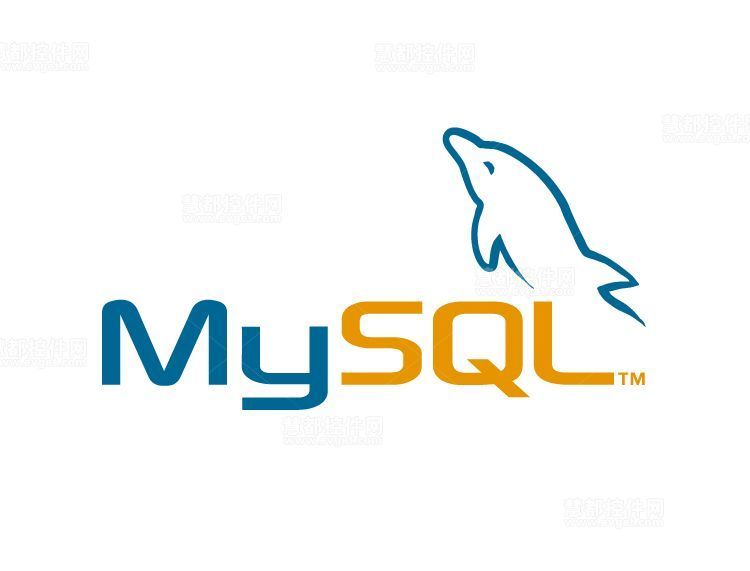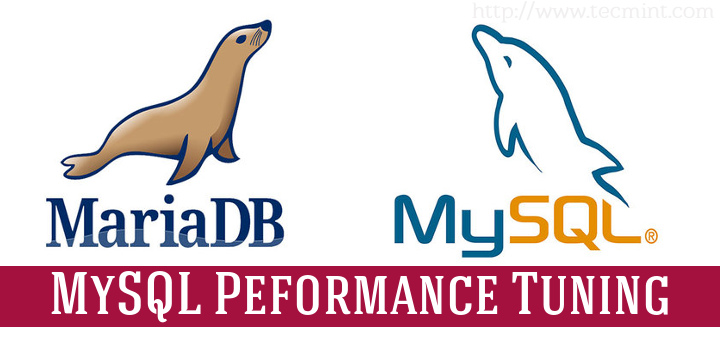
Today a friend asked me how to optimize MySQL. I sorted it out according to my thinking, and it can be roughly divided into 21 directions. There are also some details (Table Cache, table design, index design, program cache, etc.) are not listed first. For a system, the following can be done in the early stage is also a good system. 1. To ensure that there is enough memory database to operate efficiently. The most important factors need to be more memory, which can slow down the data, and the update can also be completed in the memory first. However, different businesses need to be different in memory. One recommended memory to account for 15-25%of the data. Special hot data, the memory basically reaches 80%of the database. 2. More and faster CPUs are needed. MySQL 5.6 can utilize 64 cores, but each MySQL query can only run on one CPU, so more CPUs are required. Faster CPUs will be more conducive to concurrency. 3. To choose the right operating system, the most recommended for the official suggestion is solaris. From the actual production, CentOS, REHL is a good choice. It is recommended to use C
## 1. 21 21 Optimized MySQL's suggestion

2.
Mysql index design principles and common indexes A brief introduction to the difference
 ## Introduction: The editor below will bring you a brief discussion of mysql Index design principles and the difference between common indexes. The editor thinks it’s pretty good, so I’ll share it with you now and give it as a reference. Let's follow the editor together
## Introduction: The editor below will bring you a brief discussion of mysql Index design principles and the difference between common indexes. The editor thinks it’s pretty good, so I’ll share it with you now and give it as a reference. Let's follow the editor together
3.
Mysql index design  ## Series Introduction: Database index is a sorted data structure in the database management system to help quickly query and update data in the database table. Index implementation usually uses B-tree and its variant B+-tree.
## Series Introduction: Database index is a sorted data structure in the database management system to help quickly query and update data in the database table. Index implementation usually uses B-tree and its variant B+-tree.
4. Optimized MySQL's 21 suggestions
Introduction: A friend asked me how to optimize MySQL. I sorted it out according to my thinking, and it can be roughly divided into 21 directions. There are some details (table cache, table design, index design, terminal cache, etc.) that are not listed here. For a system, it is a good system to be able to complete the following in the early stage. 
5. Mysql index design some strategies Reduce the speed of insertion, deleting, and modifying the values in the data column. That is, indexes slow down many operations involving writes. The reason why this happens is that writing a piece of data not only requires writing to the data row, but also requires all
6. How to obtain the optimization of SQL Server performance?
Introduction: In order to maximize the performance of SQL Server, you must first determine several aspects. When these aspects are optimized, the entire system performance can be improved to the greatest extent. Then you can analyze these aspects. Otherwise, you may do less with less. Experience has proven that SQL Server performance improvement mainly depends on logical database design, index design and query design. Conversely, the biggest performance problems often originate from these design defects. If database performance is a focus, you should first focus on these aspects

Introduction: Index design is an important link in database design and plays a vital role in the performance of the database, but the design of the index But it is not that easy, and performance is not so easy to obtain. There are many
8. Principles of MySQL index design
Introduction: The index column searched is not necessarily the column to be selected. In other words, the most suitable columns for indexing are the columns that appear in the WHERE clause, or the columns specified in the join clause, rather than the columns that appear in
9. 21 MySQL optimization suggestions (experience summary)
Introduction: Today a friend asked me how to optimize MySQL. I sorted it out based on my thinking. It can be roughly divided into 21 directions. There are some details (table cache, table design, index design, terminal cache, etc.) that are not listed here. For a system, it is a good system to be able to complete the following in the early stage. 1. Make sure there is enough memory data
10. Collection and summary of database optimization issues
Introduction: Author In work practice, it is found that bad SQL often comes from inappropriate index design, insufficient connection conditions and non-optimizable where clauses. The following is an introduction to database optimization issues. Friends in need can refer to the following person. The following will summarize these three aspects: select count(*) from record where date '19991201'
The above is the detailed content of Detailed introduction to index design. For more information, please follow other related articles on the PHP Chinese website!




